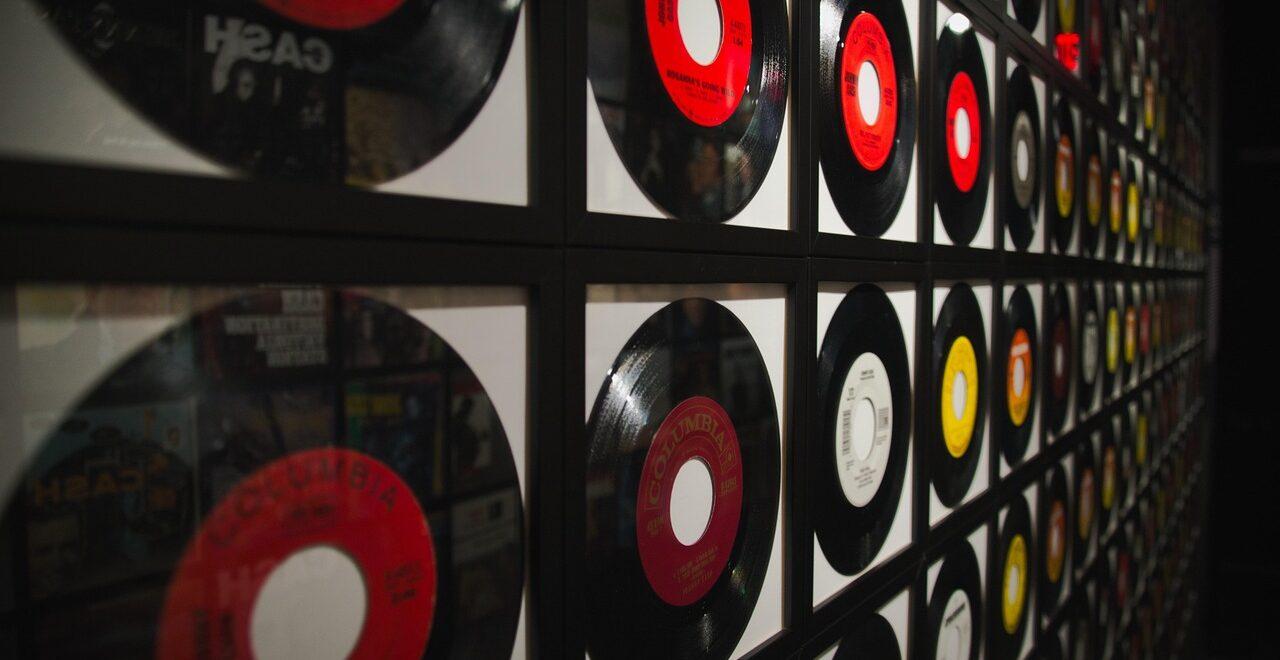By this point, we’ve covered just about all of the most common tools in the engineer’s toolkit: EQ, compression, automation, reverb—the list goes on. However, there are still some lesser-known mixing techniques out there, some of which can make a significant impact on a mix. Here, we’ll explore one of these tools: the aural exciter.
What is an Aural Exciter?
The original exciter was developed by Aphex Electronics in the 1970s. It can be challenging to classify exciters because they do more than just one thing. Primarily, an aural exciter acts as a distortion effect. In addition to distorting audio, however, an exciter also shifts phase and adds synthesized harmonics to specific frequency bands. In a way, then, the exciter also functions as an equalizer, but for more specific scenarios. All of this modulation results in increased brightness and presence in mix elements or the entire mix.
While some still use the original Aphex Aural Exciter today, other forms of exciters now exist as well. Perhaps the most commonly used exciter today is the Waves Aphex Vintage Aural Exciter plugin. This digital plugin looks and acts identically as the analog system developed decades ago.
How Exciting Are They?
What makes exciters so surprisingly useful is their ability to clarify mix elements, specifically those with higher frequencies. One might intuitively think that any kind of distortion would do the exact opposite of clarifying. On the contrary, small amounts of distortion actually help certain frequencies cut through. As such, aural exciters are especially useful for bringing vocals to the front of a mix. Exciters can do more than just clarify high frequencies, though. With proper implementation, an exciter can deepen bass tones, making them appear louder without increasing their amplitude.

Just like with any effect, exciters work even better when paired with other mixing techniques. Most commonly, aural exciters are used in conjunction with compressors. This pairing allows higher frequencies to shine through without overpowering the rest of the mix. The compressor brings the punch while the exciter brings out the presence.
Don’t Get Too Excited
Aural exciters can certainly enhance the presence and clarity of a song, but with great excitement comes great responsibility. As with any effect or technique, there is a risk of overdoing it. Mixing with EQ can get most mix elements where you want them without resorting to using an aural exciter. Still, exciters might provide that little push to further clarify your mix. Finding the right balance may prove difficult. If you overdo the exciter, you won’t run the risk of excessive gain, but you will risk sharpening the mix to an uncomfortable degree.

Conclusion
Adding an aural exciter to your mixing arsenal can make a significant difference in your production. While they can’t do everything, proper implementation of aural exciters can bring vocals to the forefront, add depth to bass frequencies, and enhance overall clarity, brightness, and presence in your mixes. Exciting, indeed.
About the Author

Ethan Keeley
Writer, Voice Talent, Musician, and Audio EditorEthan Keeley is a musician, voiceover talent, and writer from Rochester, New York. When he's not on tour with his band Unwill he's working on new songs and stories.
Leave a comment
Log in to comment


